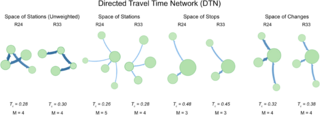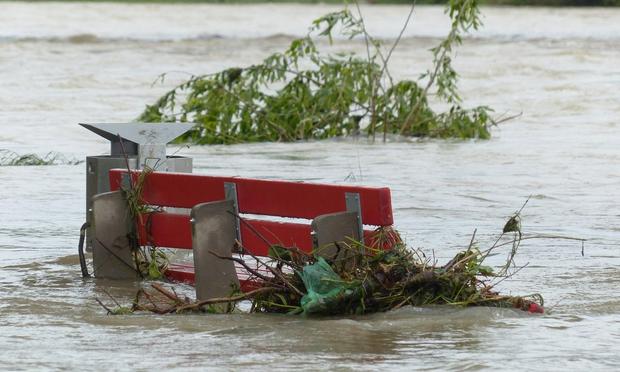
Unveiling connectivity patterns of railway timetables through complex network theory and Infomap clustering
This study introduces a novel framework for analysing railway timetable connectivity through complex network theory and the Infomap clustering algorithm. By transforming timetable data into network representations, we systematically assess the connectivity and efficiency of the Norwegian railway system for the 2024 and projected 2033 scenarios. We define and implement the Timetable Connectivity Index (Tc), a comprehensive metric integrating service frequency, travel times, and the hierarchical network structure. The analysis is conducted across three distinct network spaces: Stops, Stations, and Changes, with both unweighted and weighted networks. Our results reveal key insights into how infrastructural developments, service frequencies, and travel time adjustments influence network connectivity. Comparative analysis of the two scenarios highlights improvements in physical infrastructure and travel time efficiency by 2033, while also identifying areas where service frequency distribution and transfer effectiveness may require further optimization. The findings provide valuable insights for railway planners and operators, aiming to improve the efficiency and reliability of train networks.




